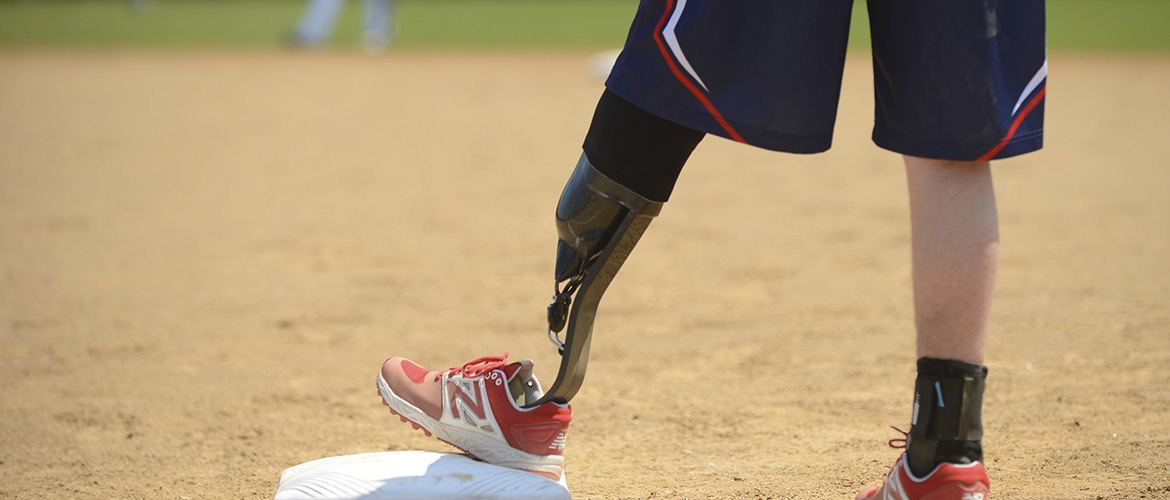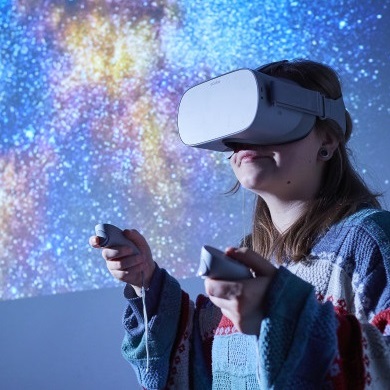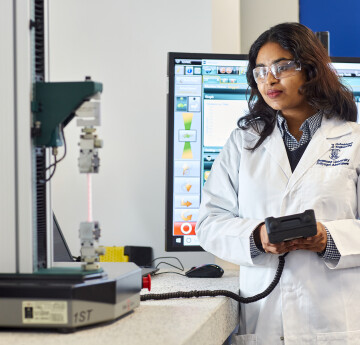Closing the gap between engineering and medicine
Combining the design and problem solving skills of engineering with medical sciences, this field of study seeks to advance health care treatment, including diagnosis, monitoring and therapy. Hospitals use an increasingly wide range of medical equipment, from simple devices like nebulisers (used to treat respiratory patients), to sophisticated, cutting-edge technology like radiotherapy linear accelerators for cancer treatments. Needless to say, in order to properly treat patients, all equipment must work correctly and be safe to use. This is the role of healthcare science staff working in medical engineering.
It isn’t just about safety checks and maintenance, though. In addition to adhering to relevant industry standards, medical engineers are involved in the entire equipment lifecycle, including acceptance testing of new equipment, introducing new devices into service, advising on the correct use of equipment, addressing patient safety issues and safely disposing of old decommissioned devices.
Biomedical engineering is an exciting and varied role where there are opportunities to utilise one’s expertise in electrical or mechanical engineering to undertake tasks like modifying or constructing equipment. It’s a hands-on role, encountering a wide range of equipment in the hospital environment or the chance to specialise in certain types.





